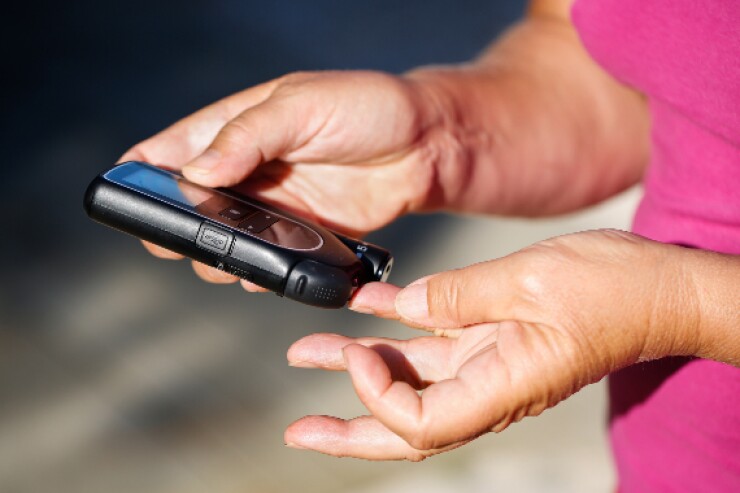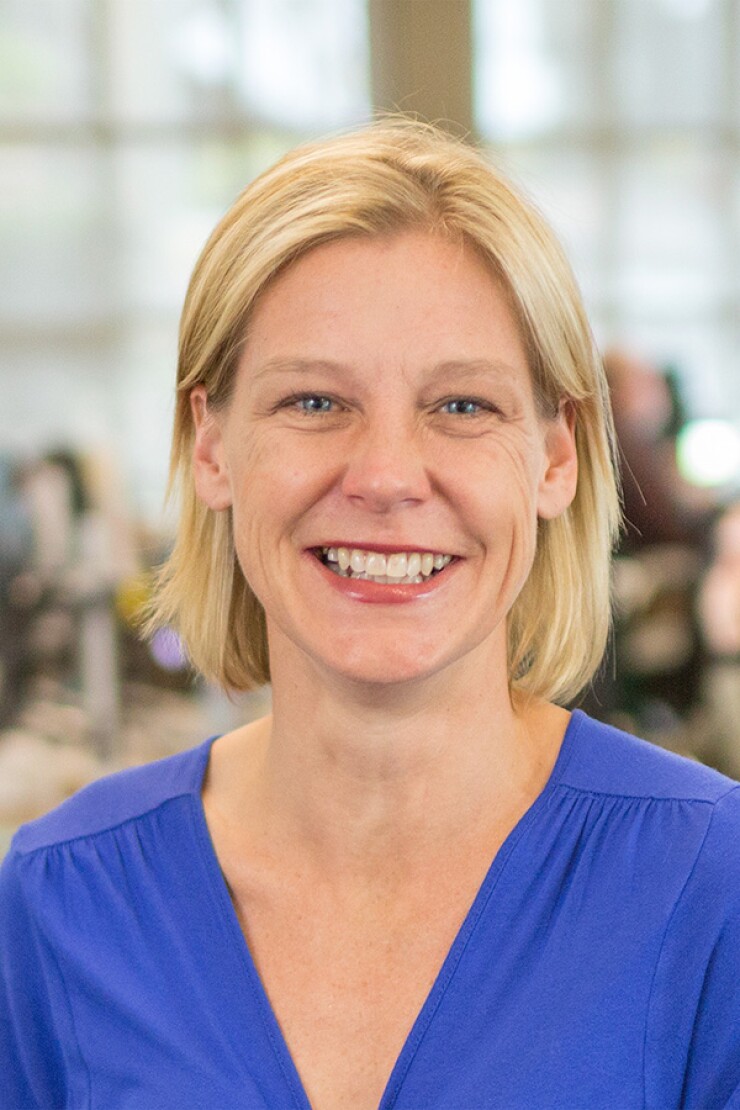The American Diabetes Association reports that nearly 30 million Americans have diabetes and diabetes and pre-diabetes costs the United States $322 billion per year. That translates to 20% of all healthcare dollars spent caring for people with the blood-sugar disease.
Consumer digital health company Livongo Health’s new approach for diabetes management called the Livongo for Diabetes program, consists of connected device, a smart cloud and a virtual care team. The standalone device — called the Livongo meter — sports a color touchscreen and is cellular-connected. The program also offers unlimited test strips at no extra charge.

The program is offered only through employers and health care insurance companies. There are currently about 12,000 enrolled members and clients include the home improvement chain Lowe’s and over 50 other large customers including Quicken, Office Depot, Office Max and SC Johnson. The company is also working with payers like Humana, Cigna and Blue Cross in some areas.
Dr. Jennifer Schneider, the Chief Medical Officer of Livongo, discussed with EBN how the company’s new diabetes management program operates and the results of a recent study documenting its use by 10,741 members over a one-year period.

EBN: Why is helping employees manage diabetes such a high priority item for employers and employer-sponsored health plans?
Dr. Jennifer Schneider: When you look at the cost of healthcare spending across the board, diabetes is always on the top of the list. In addition if you can control diabetes you can control other costly co-morbidities like heart attacks, stroke and kidney disease.
See also:
EBN: How volatile is the disease? Why is managing it such a challenge?
Schneider: First of all, the disease is volatile because it’s hard to keep your blood glucose within really a really tight target. That’s because it depends on a variety of factors including food, medication and exercise. I think there are actually 53 other known factors that impact blood glucose control so it’s nearly impossible to manage all of those at any given time period. The second is that diabetes doesn’t go away. You have to do that every single day of your life for years and years and all it takes is one or two slip-ups to get into trouble.
EBN: Explain the process that diabetics must follow on a daily basis to manage their disease.
Schneider: I can certainly take myself as an example and talk about what that's like for me. I have had Type I diabetes for the past 30 years, so that means I check my blood glucose somewhere between 6 to 8 times every day. Every time I put something into my mouth I understand how many carbohydrates it has and then given the time of the day, I know how much insulin I need to take. In addition to what I eat and how much exercise I get hormones, stress and weather can impact my glucose levels.
EBN: That’s complicated for the average individual or the average parent to manage. Tell me about Livongo’s cellular-enabled blood glucose meter and the coaching program.
Schneider: With most of the meters today on the market you put a strip in and you get a blood glucose reading. Then you have to decide what to do with the information.
Livongo uses a cellular blood glucose meter. That means the minute you check your blood glucose it transmits to the cloud via cellular connection so you don't have to configure wi-fi or bluetooth. It allows the member, Livongo and the provider to all collect that data point.
Once we have the data we are able to run a series of mathematical algorithms to really understand with nuanced detail what's impacting or what’s working for each individual based on the type of diabetes they have, where their blood glucose value is, what the standard medical recommendations are and what has happened in the past. We deliver that message back through the blood glucose meter to drive the individual’s behavior.
We get really great behavior change because you've just given us some valuable data about your diabetes, and we're giving you a distinct, in the moment recommendation directly back through your meter. When blood glucose readings are in the high or low danger ranges, we have one of our certified diabetes educators reach out directly to the member within three minutes via telephone.
EBN: What is the per-employee cost for offering the meter, the cell service and the coaching?
Schneider: Every employer has a slightly different discount through their PBM but about two-thirds of the cost that you pay for Livongo is simply displacing the existing cost of stand-alone diabetes meters and testing strips.
EBN: What is the return on investment for employers?
Schneider: We calculate there is about a 2X to 4X return on investment over a 12-month period.
EBN: You recently presented a study on the effects of the Livongo program on diabetes control to the American Diabetes Association. Tell me about your findings.
Schneider: We were able to show a couple of things. One is that Livongo decreases the days that people are having out-of-range blood glucose readings, (defined by blood sugars greater than 180 or less than 80) by about 15% to 20% for every month after the first month that someone has been on the program.
We also recorded HbA1c (a standard test used to assess how well a person with diabetes has managed their condition) decreases from 8% at registration to 7.1% at 90 days and the reduction is sustained at 7% at 180 days.
If we apply a diabetes cost model to the HbA1c decrease for 1% for Livongo members observed in the first 180 days, the estimated cost savings for each person is $73-$99 per month.
EBN: How important was the expert coaching component in achieving these results?
Schneider: I think the expert coaching component is very important. Livongo is unique because we use text-based coaching and when somebody fails or needs extra help we do an in-person telephonic coaching session. That drives both short-term and long-term behavior.
EBN: What are employees saying who use the device? What has the general reaction been in terms of how user-friendly it is or how it has changed their life?
Schneider: We have a lot of great case examples of people who have just really, really fallen in love with it. Imagine a world where you’re in trouble, your blood glucose is really low and you’re by yourself and a coach calls to reach out and make sure that you're okay and take care of you. It is a pretty magical event when that happens.





